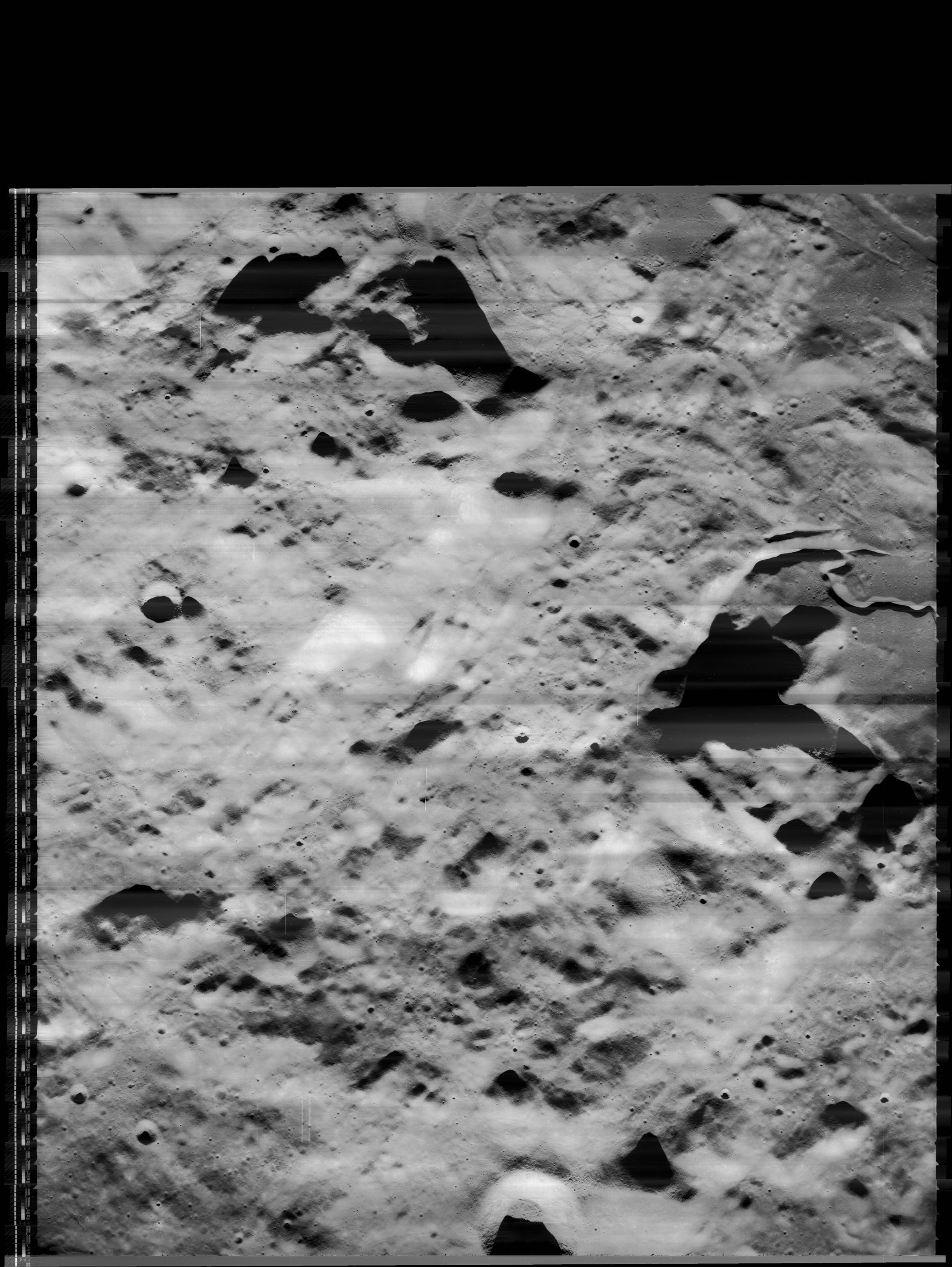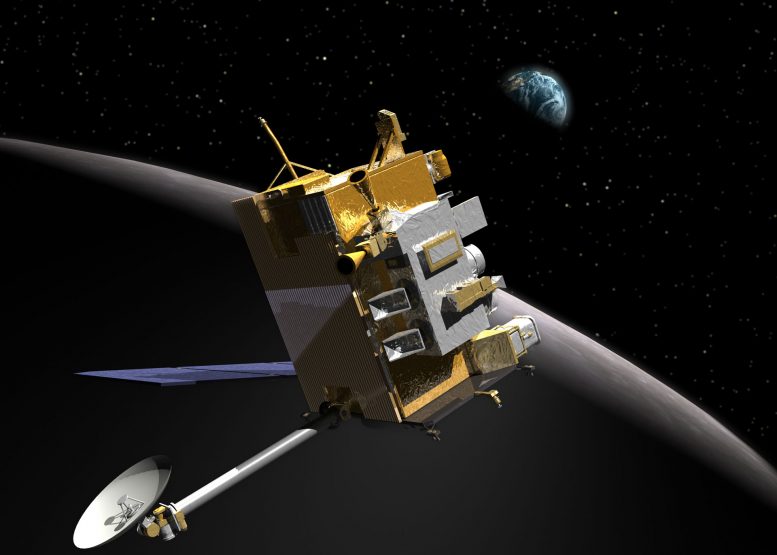

- #WHO SEES LUNAR RECONNAISSANCE ORBITER PHOTOS FIRST FULL#
- #WHO SEES LUNAR RECONNAISSANCE ORBITER PHOTOS FIRST TV#
12 from a distance of about 83 miles above the Compton crater on the far side of the moon.Īccording to NASA, the picture is actually a composite of images snapped by two cameras while the orbiter whipped by at a speed of 3,480 miles per hour.

The image of Earth rising over the horizon, with the lunar surface in the foreground and the blackness of space behind, was taken Oct.

The upcoming addition of Russia’s Luna 25 lander and rover duo in August 2023 highlights the significance of effective space traffic management in lunar exploration endeavors. NASA has released a stunning new view of the Earth taken by the Lunar Reconnaissance Orbiter (LRO), an unmanned spacecraft that's been circling, analyzing and photographing the moon since 2009. Currently, there are six active lunar orbiters around the Moon with defunct spacecraft and repositioned orbiters further complicating the orbital environment.
#WHO SEES LUNAR RECONNAISSANCE ORBITER PHOTOS FIRST TV#
Get the latest updates on NASA missions, watch NASA TV live, and learn about our quest to reveal the unknown and benefit all humankind. 12, 2015, shows the surface of the moon in the foreground. brings you the latest images, videos and news from America's space agency. The crater then likely acted as a mechanism to contain the rocket exhaust, causing the entire crater to experience disturbance and appear more reflective.This Earthrise image, taken by NASA's Lunar Reconnaissance Orbiter (LRO) on Oct. The Korea Aerospace Research Institutes (KARI) Danuri spacecraft arrived in lunar orbit in mid-December 2022. During the Apollo 12 descent, Pete Conrad flew the spacecraft around the edge of Surveyor Crater in order to get to the safe landing spot he wanted. A computer-generated image of LRO recreating the precise view seen by NASAs ShadowCam aboard South Koreas Danuri moon orbiter. The Apollo 12 descent experienced greater thrust and therefore greater soil erosion rates than Apollo 11. However, a few meters away from the lander and extending outward for several hundred meters, the surface was altered in such a way as to make it more reflective, possibly a result of smoothing. Directly beneath and adjacent to the LM the surface appears darker because the exhaust gas disrupted and roughed up the surface. This increase in reflectivity resulted from effects of the rocket exhaust interacting with the regolith during the descent of the Apollo 12 Lunar Module. Images show the twists and turns of the paths made when the astronauts explored the lunar surface. The Intrepid landed about 155 m from the deactivated Surveyor 3 spacecraft. NASAs Lunar Reconnaissance Orbiter (LRO) captured the sharpest images ever taken from space of the Apollo 12, 14 and 17 landing sites. Surface image taken by Apollo 12 astronaut Alan Bean, showing the Surveyor 3 spacecraft (foreground) and the Lunar Module Intrepid (background) for Apollo 12 on the rim of Surveyor Crater. The spacecraft landed in a small, 200 m crater that was later named Surveyor Crater.

Surveyor 3 landed on Apin Oceanus Procellarum at approximately 3.02°S and 23.42°W. Both a Surveyor and an Apollo mission soon visited one area that the Lunar Orbiter photographed. In 1967, NASA launched Lunar Orbiter 3 (LO-3) with the primary objective of finding safe landing sites for the Surveyor and Apollo missions. A total of 5 Lunar Orbiters (LO) were sent to the Moon, and they collectively photographed most of the lunar surface at 60 to 600 meters resolution, with resolutions as high as 1 meter per pixel for some of the LO-5 photographs. The Lunar Orbiter program, much like LRO, was designed primarily to obtain images to allow scientists and engineers to characterize the lunar surface in the context of finding safe and engaging landing sites for future missions. NASAs Lunar Reconnaissance Orbiter, or LRO, has returned its first imagery of the Apollo moon landing sites. The LRO-LCROSS mission was the first American mission to the Moon in over 10 years.
#WHO SEES LUNAR RECONNAISSANCE ORBITER PHOTOS FIRST FULL#
See the full description for comparison with a Lunar Orbiter image of the same area taken 45 years ago! Image width is 470 meters. LROC NACs have yielded many insightful images of the lunar surface. Another look at the Apollo 12 and Surveyor 3 landing site.


 0 kommentar(er)
0 kommentar(er)
